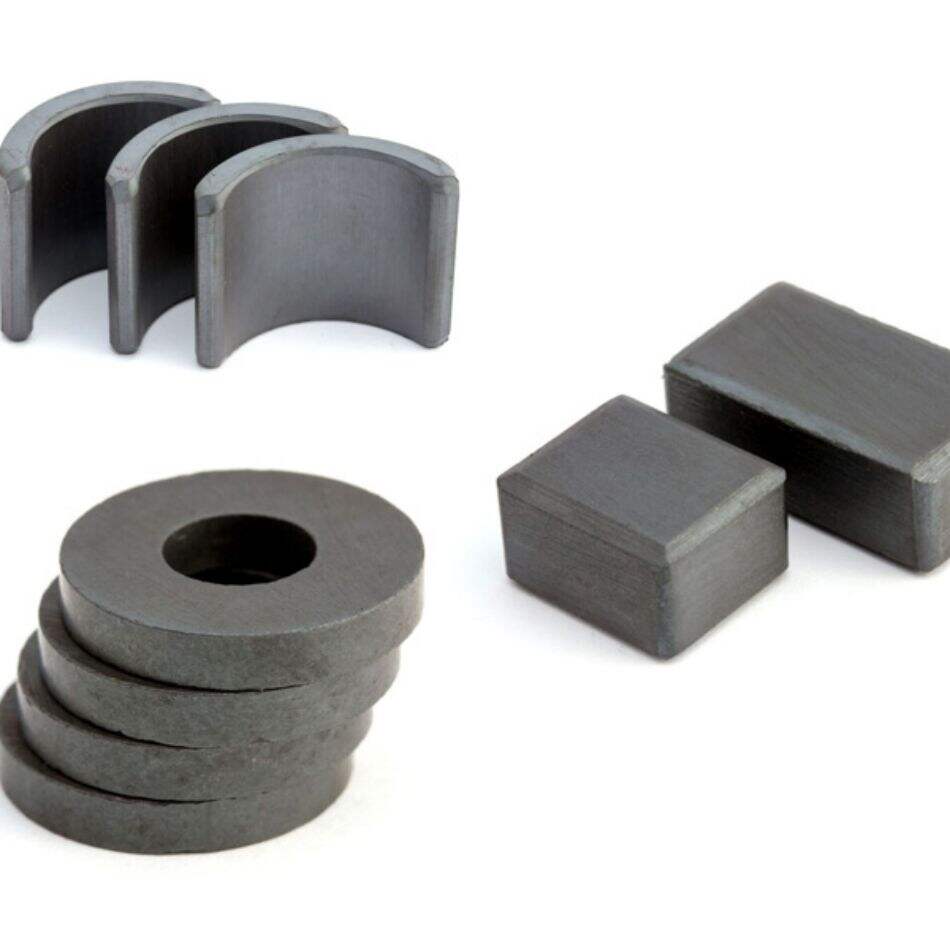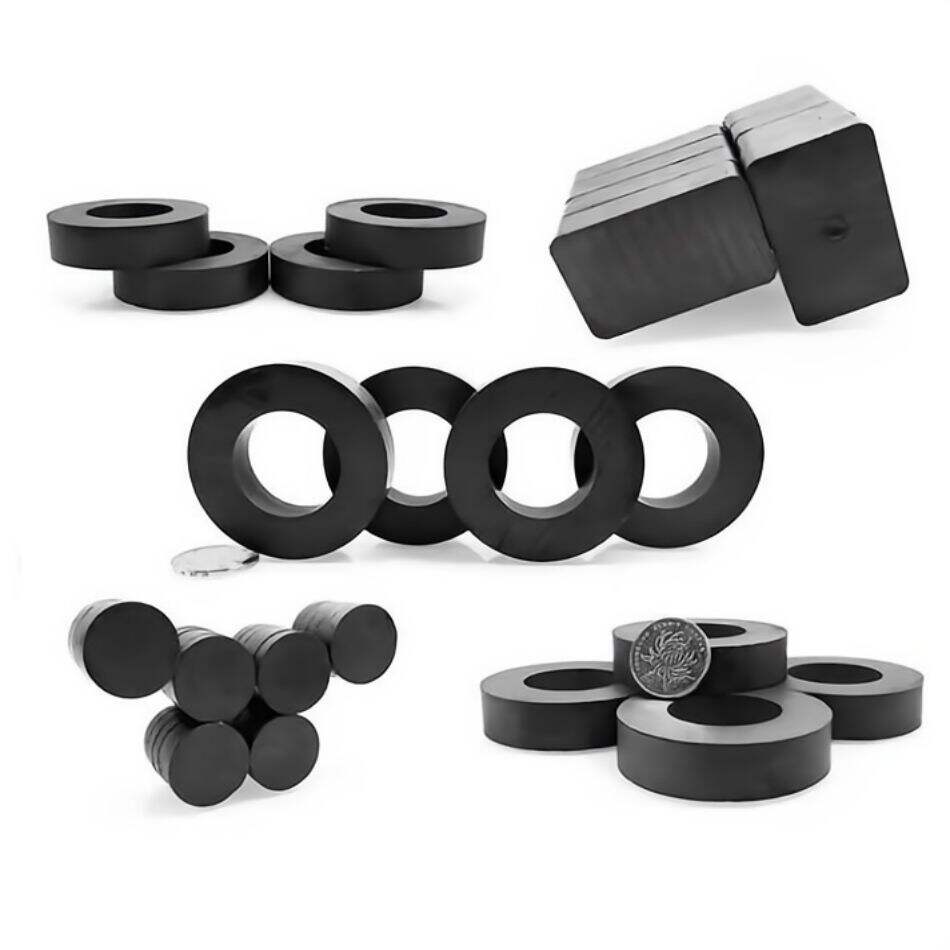Tel: +86-13817790968
Email: [email protected]
Tel: +86-13817790968
Email: [email protected]
Ferrite magnets are a special type of magnet you may not yet be aware of. In fact, they are the most commonly used permanent magnet and so possess a strong magnetic field that is able to be maintained over long periods of time without needing a battery. They can be found in many everyday products, such as electronics and motors. Here we are going to discuss Ferrite Magnets, what are they, and how it works and this is the important part of our life.
Ferrite magnets which are also sometimes referred to as ceramic magnets, They earned this name because they are manufactured with a special ceramic material that is referred to as ferrite. Ferrite: Iron mixed with other metals including nickel, zinc, and manganese. It is then heated to a high temperature and molded in to a magnet. This process helps make them durable and usable across different platforms.
Physically, you can see steel and magnets used in many of our daily tools as well Take speakers and headphones, for instance; these are some of the applications that benefit from piezoelectric elements. They are also present in toy motors and a number of household appliances. Furthermore, they are essential in producing food and pharmaceuticals that are free of tiny metal pieces by using ferrite magnets within the manufacturing process.
Ferrite magnets can produce a magnetic field,PHPExcel_INFINITYAMEXECT,263,,POST ID+[1374]+,, --- This magnetic field is very convenient in electronics as it can assist to the generation of electrical currents. Electricity is produced whenever a wire moves within this magnetic field. The electric generator works on the same basic principle.

But there are some limitations as well. Ferrite magnets are not powerful like some other types of magnet. This means that they potentially are not suitable for every job which requires a magnet. They are also very fragile and can fracture or crack from falling or getting hit hard. They need to be treated gently so that they do not break.

Yet, a crucial element you must consider is the temperature where your application runs at. Ferrite magnets have a heat tolerance of 300 degrees Celsius and above, which is really high. But if your application goes above even this temperature, you may need to consider a different type of magnet which will hold shape better under extreme conditions.

There are different types of ferrite magnets already exist, they have been used for some time, but you still can find new ways and methods to apply magnetized products. And a new, cool use would go all the way to green energy outlets like wind and solar power. That might result in using magnets like these to convert energy from sources such as the earth's rotationa or fluid dynamics into electricity, and would make them key to future sustainable energy solutions.